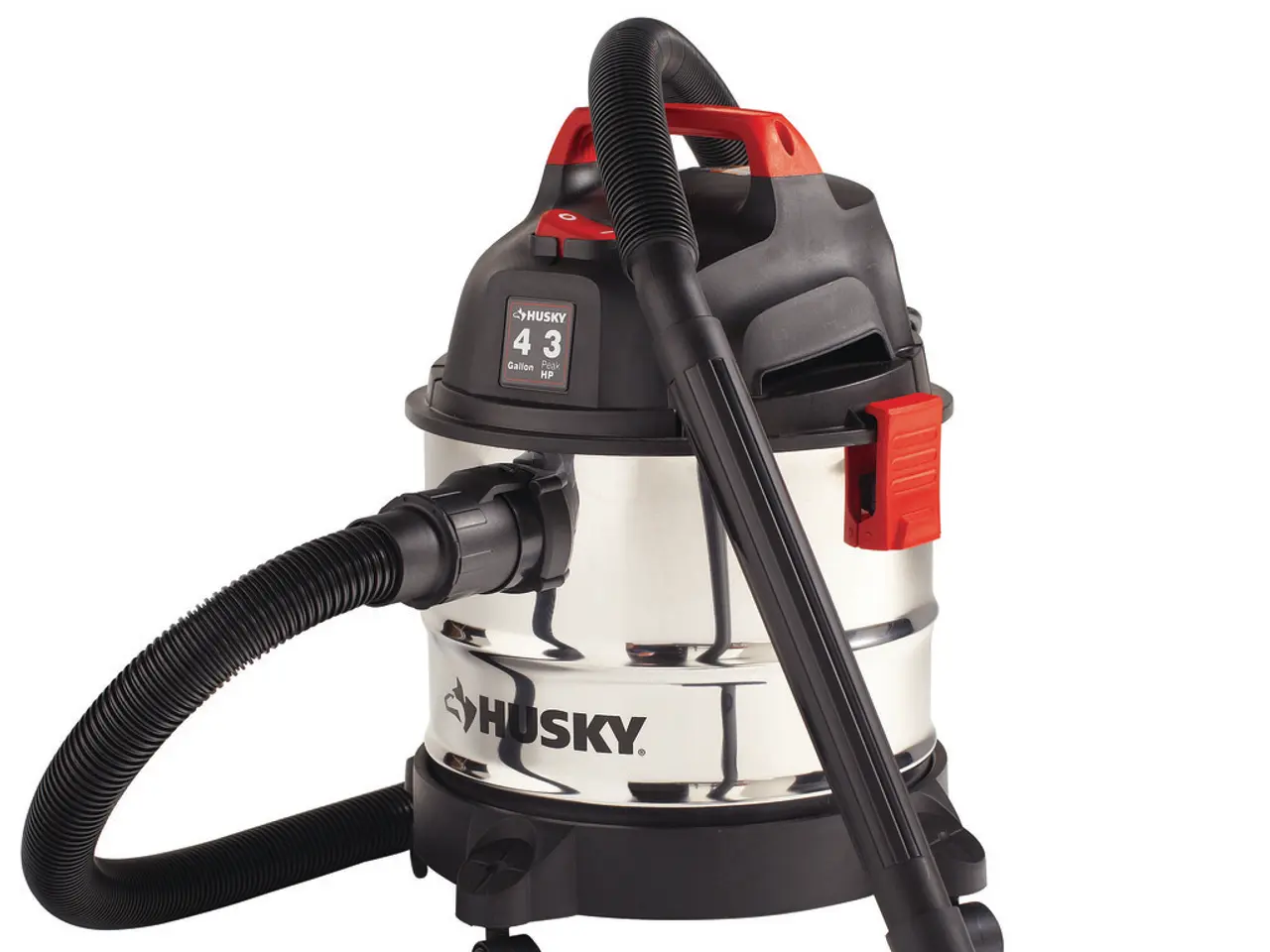Comparing Humidifiers and Vaporizers: A Guide to Selecting the Optimal Option
In the quest for maintaining a comfortable and healthy home environment, especially during the colder months, humidifiers and vaporizers have gained popularity as essential appliances. These devices add moisture to the air, alleviating dryness in the nose, skin, and easing congestion. However, it is crucial to understand the key differences between these two types of devices to make an informed choice based on your needs and circumstances.
**Benefits**
Humidifiers and vaporizers offer unique advantages. **Humidifiers** add moisture to the air to improve overall air quality and comfort, helping with dry skin, irritated eyes, dry throat, sinus headaches, allergies, and respiratory symptoms caused by dry air. They are particularly useful in environments or seasons where air humidity is low (below 30%) and can ease symptoms of colds, asthma, bronchitis, and allergies by preventing dryness and irritation in the respiratory tract.
On the other hand, **vaporizers** (often called steam vaporizers) boil water to produce warm steam that adds moisture to the air. They also help relieve coughs, congestion, and respiratory discomfort, and the heating process can help sterilize the steam, reducing bacteria and mold risks.
**Maintenance**
Both devices require regular maintenance to ensure safe operation and prevent health risks associated with mold or bacteria. **Humidifiers** come in several types, including evaporative, ultrasonic, and impeller models. Evaporative humidifiers use a wick filter, which needs regular replacement and cleaning to avoid mold buildup. Ultrasonic humidifiers create fine mist using vibrations; they usually don’t require filters, but they must be cleaned regularly to prevent bacterial growth. Impeller humidifiers disperse cool mist and use a rotating disk; they may require filter replacements.
**Vaporizers** generally require cleaning of the heating element to prevent mineral deposits and bacterial growth. The heating also means less chance of mold but requires caution to avoid burns.
**Safety**
When it comes to safety, **humidifiers** that produce cool mist (ultrasonic, evaporative, impeller) are safer in homes with children or pets because they do not involve hot water or steam. **Vaporizers** pose a burn risk due to hot steam and heated water, so they are less recommended for use around babies or young children unless strictly monitored.
**Use for Specific Conditions and Groups**
For general use, **cool mist humidifiers (ultrasonic or impeller types)** are safer, quieter, and lower maintenance, making them suitable for alleviating symptoms of allergies, colds, asthma, and dry air in nurseries and homes. **Vaporizers** provide warm steam that may offer extra relief for congestion but carry burn risks and require extra caution with young children.
**Cost and Cleaning Considerations**
Humidifiers vary widely in cost, with ultrasonic models often being more expensive upfront but being low maintenance (no filters). Impeller humidifiers are energy efficient but may need filter replacements. Vaporizers are generally less expensive but may have higher ongoing cleaning needs. Both devices must be cleaned regularly with manufacturer-recommended methods to prevent mold, bacteria, and mineral buildup.
In conclusion, the choice between a humidifier and a vaporizer depends on the specific needs (e.g., warmth and sterilization vs. safety and ease of maintenance), the users' age, and medical advice for conditions like asthma or bronchitis. For general use, especially around children, cool-mist humidifiers are recommended due to their safety, quiet operation, and low maintenance. Vaporizers may be a better option for people with indoor allergens due to fewer contaminants in the mist.
Regardless of the chosen device, it is essential to clean it regularly and use clean water to prevent health risks associated with mold or bacteria.
- Scienece has shown that humidifiers can help alleviate medical-conditions such as dry skin, irritated eyes, and respiratory-conditions like sinus headaches, allergies, and respiratory symptoms caused by dry air.
- Vaporizers, on the other hand, can provide additional relief for respiratory-conditions like congestion, thanks to the warm steam they produce. This heating process can also help sterilize the steam, reducing risks of bacteria and mold.
- Incorporating nutrition into your health-and-wellness routine can further support the benefits of humidifiers and vaporizers. Adequate hydration and a balanced diet can boost immunity and aid in respiratory-health, ensuring you get the most from your chosen therapies-and-treatments.




